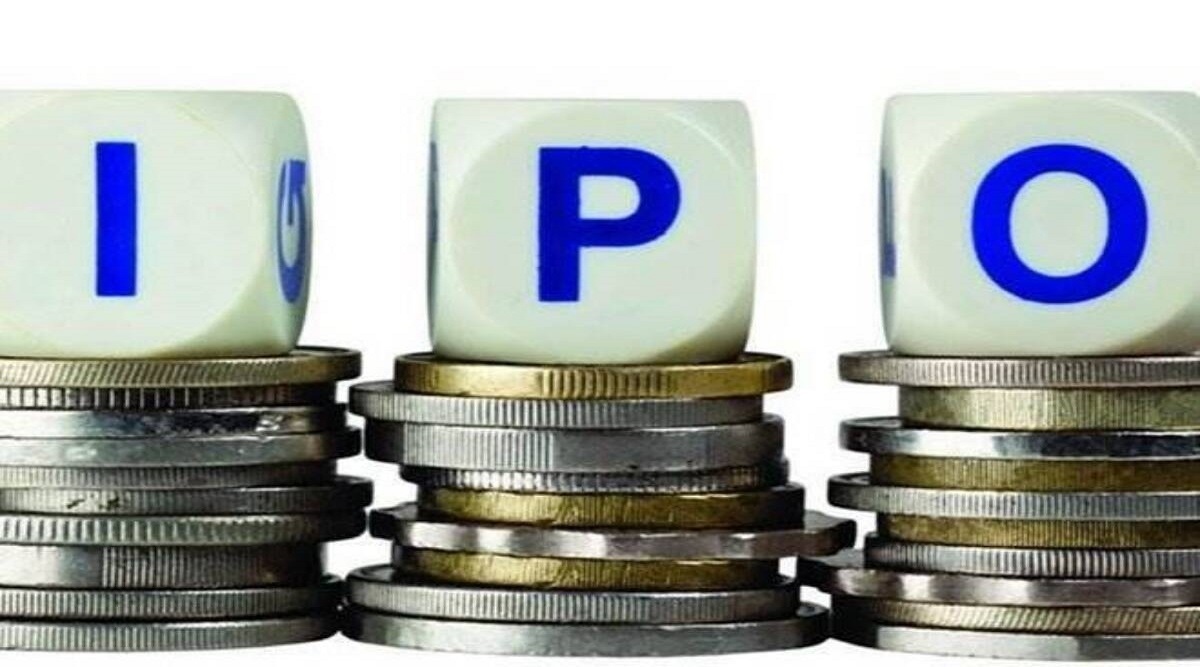16 Aug , 2022 By : Monika Singh

A working paper by the Reserve Bank of India (RBI) has advocated the need for greater institutional participation in initial public offerings (IPOs) of small and medium-sized enterprises (SMEs). The paper has found that lack of after-market liquidity remains a problem in the SME exchanges, with the turnover ratios significantly declining within the first 60 trading days after listing.
“The role of mutual funds, banks and other financial institutions as investors in such offerings is still limited. Sebi has already taken steps to enhance the role of anchor investors in SME IPOs by relaxing the minimum size criterion. However, a lot more needs to be done in this direction, especially given that so far a handful of SME IPOs have anchor investors’ participation,” the paper authored by Shromona Ganguly said.
The regulator slashed the minimum anchor investor size from Rs 10 crore to Rs 2 crore for SME IPOs in 2018, but the anchor participation in the segment still remains muted. In 2020, the stock exchanges had approached the Centre and state governments for part-funding share sales of SMEs.
Companies listed on the SME exchanges have better profitability ratios, higher return on assets and asset utilisation ratios as well as the debt-equity ratio compared with the smallest 25% of firms listed on the main board, according to the RBI study. However, firms listed on the SME exchanges have lower liquidity as reflected in a lower quick ratio, current ratio and cash-to-current liabilities.
“There was no significant difference found in composition of debt between these two groups of firms, with formal borrowing (from banks and other financial institutions as well as market borrowing in the form of corporate debt, fixed deposits/debentures, etc) accounting for close to 90% of total borrowings in both groups,” the paper said.
The study found that timed-to-market IPOs in the SME exchange market tend to be more underpriced and generate lower long-run returns. Further, such IPOs also have higher retail investor participation.
“It appears that retail investors are more prone to investing in SME IPOs which are issued during the market boom but eventually generate a lower return in the longer run. The above results indicate the presence of significant information asymmetry in the SME IPO market in India. Protecting retail investors’ interest remains important given that many of the SME IPOs have generated negative BHAR/CAR,” the paper observed.
BHAR is the buy and hold abnormal return, while CAR is the cumulative abnormal return for the Indian SME IPO market in a multivariate regression framework, controlling for various firm characteristics and market return variables.
Information asymmetry is higher for firms listed on the SME exchanges as companies often lack a systematic track record, their businesses are more localised and companies are not tracked by analysts.
Textile, trading (including exports), steel and electronics were some of the top sectors in terms of their share in total IPO issuance on the SME exchanges during the last three years.
Despite the substantial rise in the number of SME IPOs over the years, the ratio of SME market capitalisation to main market capitalisation remains low in India (around 0.07%), compared with some other developing economies such as Korea (10.96%), Turkey (0.16%), Egypt (0.33%), South Africa (0.21%) and Malaysia (0.75%).
The BSE and the NSE launched SME platforms in 2012 after the regulator had come out with easier listing and disclosure guidelines to help small companies tap the capital markets.
0 Comment